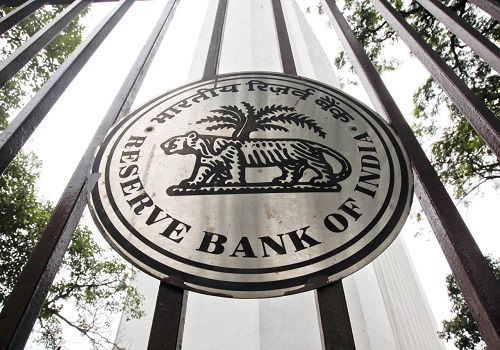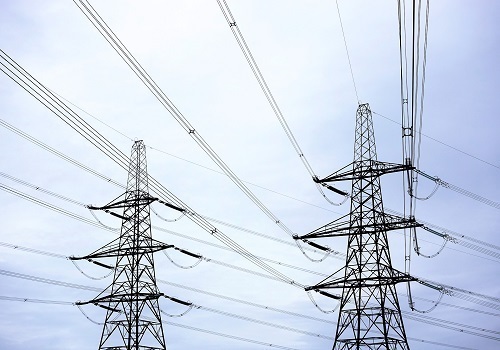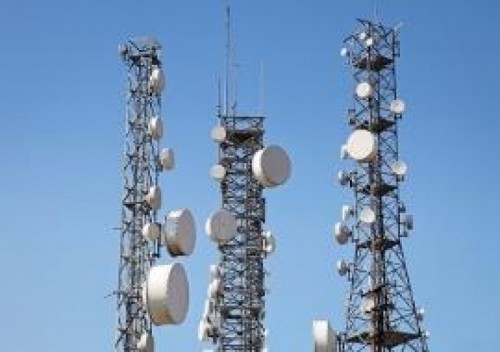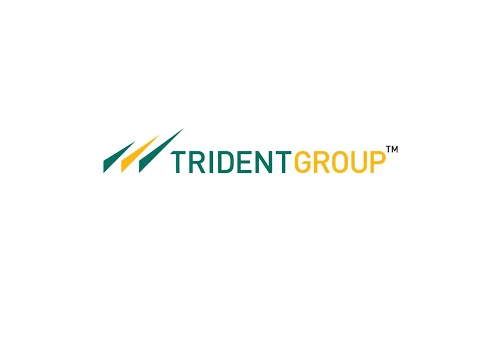Oil and Gas Sector Update - Parikh Comm. recommendations: Near to medium term positive for CGDs By JM Financial Institutional Securities
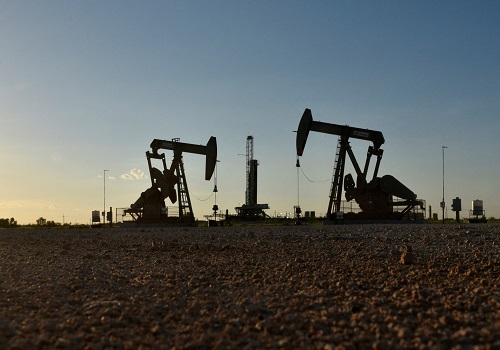
The Kirit Parikh committee has submitted its report to the oil ministry and recommended the following: a) linking domestic APM gas price to India’s imported crude price with a slope of 10%, with a floor of USD 4.0/mmbtu and ceiling of USD 6.5/mmbtu; b) annual increase in ceiling for domestic gas price by USD 0.5/mmbtu and eventual deregulation from Jan’27 if gas price volatility on the international market has moderated; c) no change in gas price mechanism for new difficult fields, but full price deregulation from Jan’26. The oil ministry is likely to process the recommendations before moving to the Cabinet for approval for changes in the existing gas pricing regime. We believe capping of domestic APM gas price at USD 6.5/mbmtu (lower than current APM gas price of USD 8.57/mmbtu) is positive for the CGD sector in the near to medium term. However, CGD sector competitiveness could be hurt in the long term if domestic APM gas price is deregulated; but we believe there is low probability over its eventual implementation given the detrimental impact on key consumers segments (CGD and Fertiliser sectors). Recommendation on domestic APM gas price is neutral to positive for ONGC/Oil India in the medium term as we were factoring in net gas price realisation of USD 6.6/mmbtu in FY23 and USD 5.6/mmbtu in FY24. Unlike for the CGD sector, deregulation of domestic APM gas price from Jan’27 onwards could be significantly positive for ONGC/Oil India in the long term.
Despite high global gas price posing near-term headwinds to margin/volume, we maintain BUY on IGL (TP INR 500), Gujarat Gas (TP INR 600) and MGL (TP INR 1,000) due to: a) steady volume growth story, and b) robust pricing power. We maintain BUY on ONGC (TP INR 205) and Oil India (TP INR 250) given strong dividend play and also because CMP is discounting only ~USD 50/bbl net crude realisation while our TP is based on USD 65/bbl net crude realisation and various changes in windfall tax suggesting the government is fine with ONGC/Oil India making net crude realisation of ~USD 75/bbl.
* Recommends linking domestic APM gas price to crude price with a floor of USD 4/mmbtu and ceiling of USD 6.5/mmbtu with eventual deregulation from Jan’27: The Kirit Parikh committee has submitted its report on domestic gas price to the oil ministry and recommended the following: a) linking domestic APM gas price to India’s imported crude price with a slope of 10% (vs. currently being linked to global gas prices); but with a floor of USD 4.0/mmbtu (to cover marginal cost of production for E&P companies) and ceiling of USD 6.5/mmbtu (to protect consumers; this is lower than the current APM gas price of USD 8.57/mmbtu as per existing gas price formula for 2HFY23 – Exhibit 2); b) annual increase in ceiling for domestic gas price by USD 0.5/mmbtu and eventual deregulation from Jan’27 if gas price volatility on the international market has moderated; c) for gas produced from the new difficult fields (i.e., HPHT gas), continuing existing mechanism of giving market-linked gas prices with ceiling price formula (capped at USD 12.46/mmbtu for 2HFY23) and full deregulation from Jan’26 by removing the ceiling price; and d) including gas in GST and compensate states over 5 years. The committee expects its recommendations to help the government achieve its target of increasing the share of gas in India’s energy mix to 15% by 2030 (vs. 6.3% currently). The committee believes it has tried to do a balancing act via: a) incentivising gas producers by giving a remunerative gas price to undertake investment in gas exploration; b) giving fair price to consumers; and c) ensuring no increase in government fiscal burden. The oil ministry is likely to process the recommendations before moving to the Cabinet for approval for changes in the existing gas pricing regime.
* Near to medium term positive for CGD sector; however, competitiveness could be hurt in long term if domestic APM gas price is deregulated: Capping of domestic gas price at USD 6.5/mmbtu, despite an annual increase in the ceiling by USD 0.5/mmbtu, is positive for the CGD sector in the near to medium term (particularly IGL and MGL given higher dependency on domestic gas) as it is still lower than the current APM gas price of USD 8.57/mmbtu for 2HFY23. Hence, reduction in gas cost by ~USD 2/mmbtu could lead to reduction in CNG price by INR 8-9/kg; we believe CGD companies may partly pass this to end consumers to maintain competitiveness of CNG (vs. petrol/diesel at around 40%/20%, Exhibit 3-7) while partly may retain some benefit to support margins given the rising dependency on expensive spot LNG. Linking of APM gas price to imported crude price could improve CNG’s competitiveness in the event of fall in crude price below USD 60-65/bbl; however may hurt CNG competitiveness in the event of fall in crude price from higher level of USD 90-100/bbl upto USD 60-65/bbl. However, deregulation of domestic APM gas price from Jan’27 could hurt CNG competitiveness in the long term; but the probability of it being implemented is low given the detrimental impact on key consumer segments (CGD and Fertiliser sectors).
* Neutral to positive for ONGC/Oil India in medium term; could be significantly positive in long term in APM gas price gets deregulated: Fixing a floor of USD 4.0/mmbtu and ceiling of USD 6.5/mmbtu for domestic APM gas price (with annual increase in ceiling by USD 0.5/mmbtu) is neutral to positive for ONGC/Oil India in the medium term as we were factoring in net gas price realisation of USD 6.6/mmbtu in FY23 and USD 5.6/mmbtu in FY24 (though it is lower than the current APM gas price of USD 8.57/mmbtu for 2HFY23). In contrast to the CGD sector, deregulation of domestic APM gas price from Jan’27 onwards could be significantly positive for ONGC/Oil India in the long term. Every rise in gas realisation by USD 0.5/mmbtu will raise ONGC/Oil India’s EPS by ~5%
* CGD companies’ steady volume growth story intact; prefer IGL and Gujarat Gas: We maintain BUY on IGL (unchanged TP of INR 500) due to its: a) robust pricing power given that CNG is 40%/20% cheaper than petrol/diesel, and b) steady volume growth story based on its existing lucrative NCR market (CNG penetration in private cars in Delhi is still only ~23%) and expansion into new, lucrative nearby cities and intercity traffic. We reiterate BUY on GGas (unchanged TP of INR 600) as we expect its volume growth momentum to sustain in the medium to long term led by rise in gas use by industrial consumers (driven by economics, and also as regulators force industries to move towards cleaner fuels) and due to limited threat from rise in penetration of electric vehicles. We also have a BUY on MGL (unchanged TP of INR 1,000) due to its steady volume growth story as CNG penetration in private cars in Mumbai is still only ~19%. At CMP, a) IGL is trading at FY24 P/E of 17x (3-year avg: 23x) and FY24P/B of 3.5x (3-year avg: 4.6x); b) GGas is trading at 23.7x FY24 P/E and 4.5x FY24 P/B; and c) MGL is trading at FY24 P/E of 10.1x (3-year avg: 14.0x) and FY24P/B of 2.0x (3-year avg: 2.7x).
* Maintain BUY on ONGC/Oil India as CMP discounting only ~USD 50/bbl net crude realisation: We maintain BUY on ONGC (TP INR 205) and Oil India (TP INR 250) given strong dividend play and also because CMP is discounting only ~USD 50/bbl net crude realisation (Exhibit 35-36) while our TP is based on USD 65/bbl net crude realisation and various changes in windfall tax suggesting the government is fine with ONGC/Oil India making net crude realisation of ~USD 75/bbl. ONGC and Oil India will also benefit from the high domestic gas price. At CMP, a) ONGC trades at 4.6x FY24E EPS and 0.6x FY24E BV (3-year avg. of ~0.6x); Oil India is trading at 5.2x FY24E EPS and 0.6x FY24E BV (vs. 3- year average of ~0.8x).
To Read Complete Report & Disclaimer Click Here
Please refer disclaimer at https://www.jmfl.com/disclaimer
SEBI Registration Number is INM000010361
Above views are of the author and not of the website kindly read disclaimer


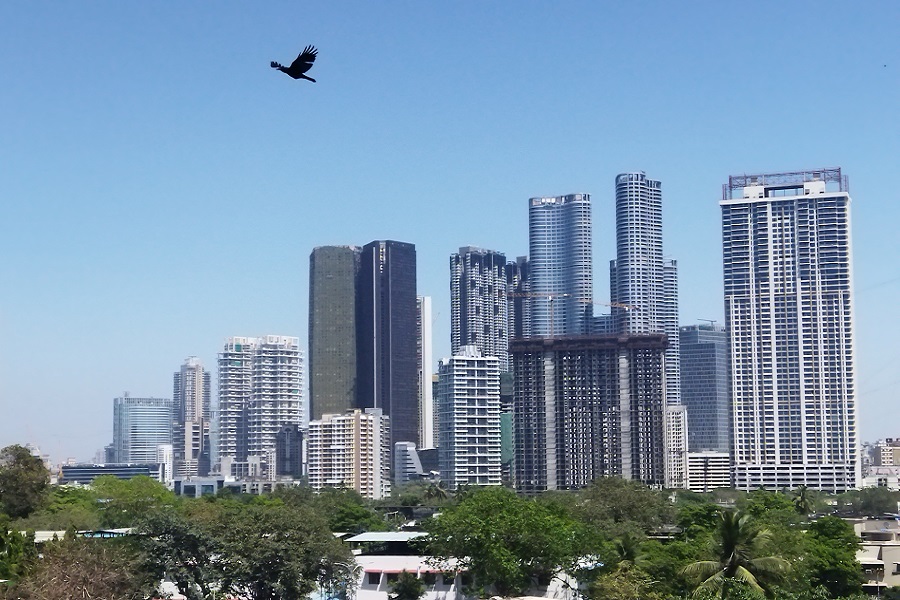

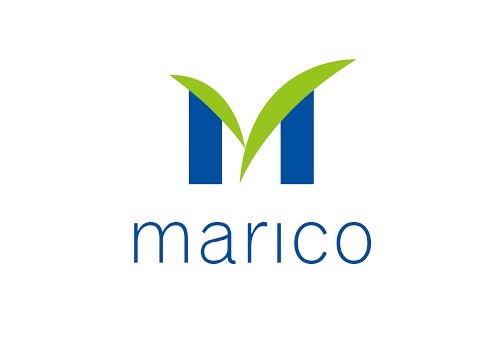


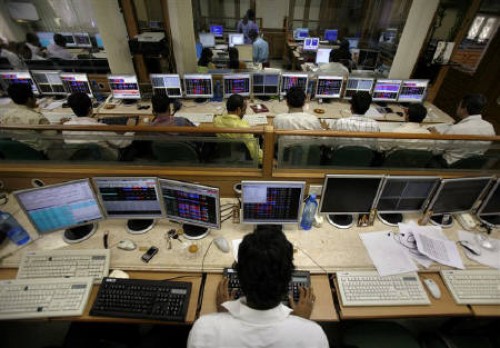

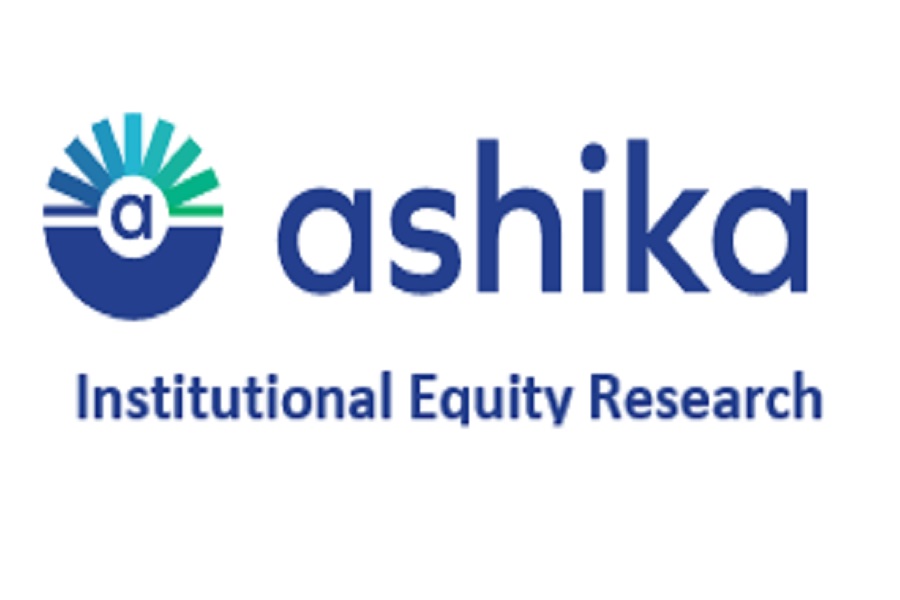
More News

Life Insurance Sector Update : Weak performance on high base By Elara Capital Ltd
